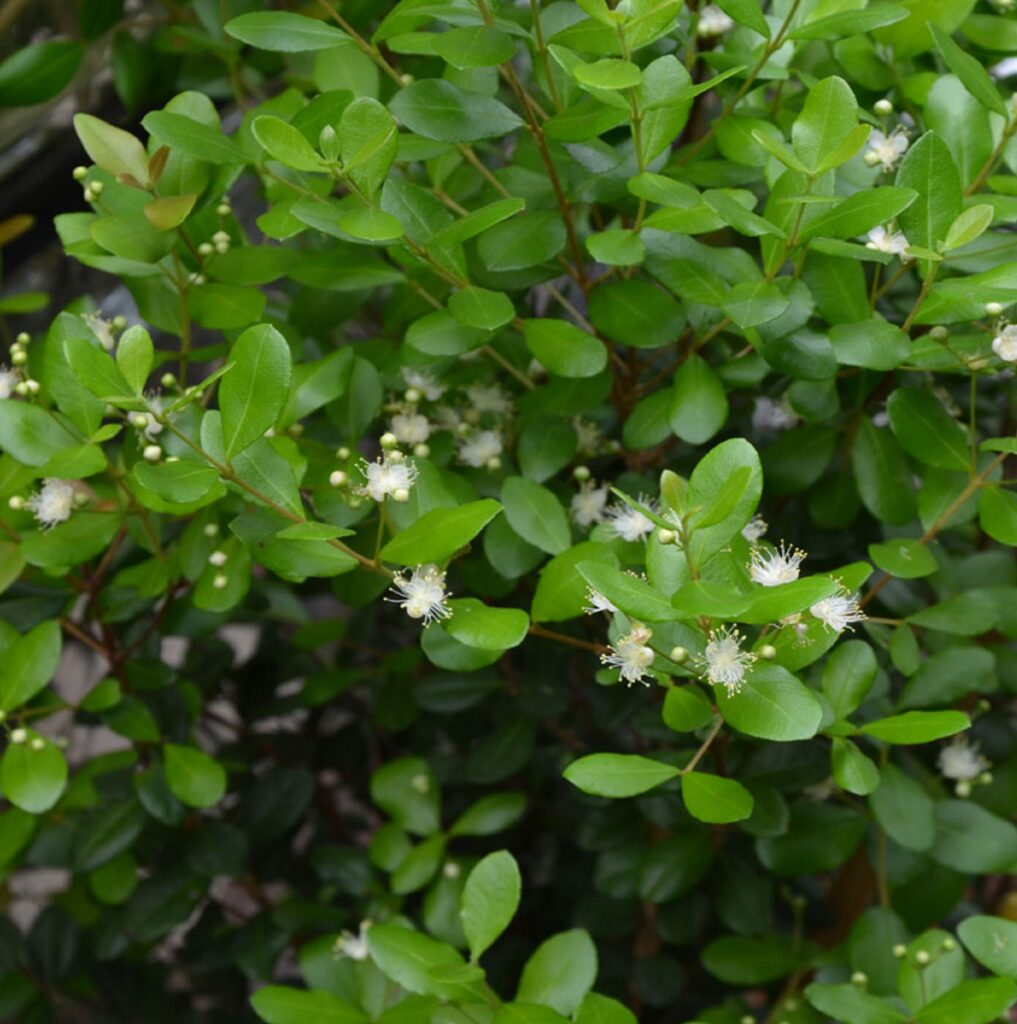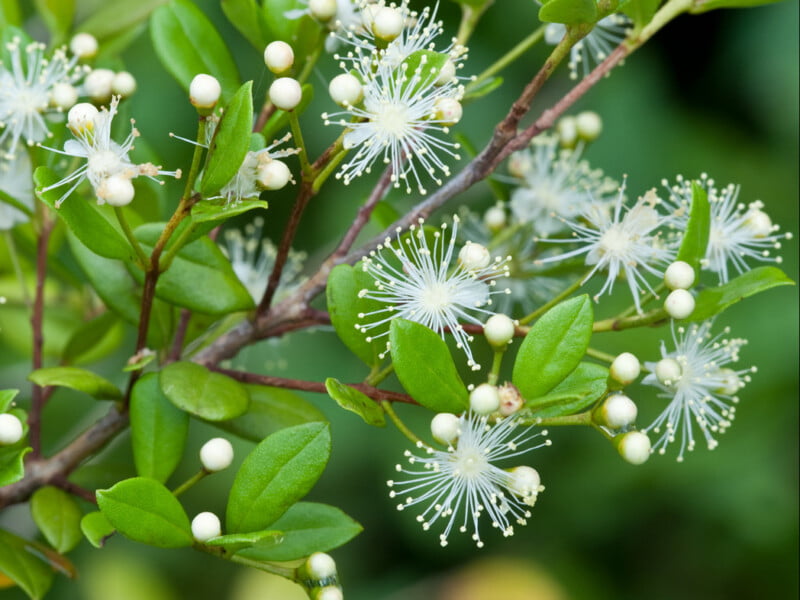Germinating Simpson’s Stopper Seeds (Myrcianthes fragrans) requires some patience and care. Below are the detailed steps, tailored based on whether the seeds have dried pulp or no pulp.

For Seeds with Dried Pulp:
Pulp Removal:
If the seeds are enveloped in dried pulp, gently remove it. You can soak the seeds in water for a few days, which aids in softening the pulp. After soaking, scrub the seeds gently with a soft brush to remove any remaining pulp.
Soak the Seeds (optional):
- After cleaning, you can opt to soak the seeds for another 24 hours in clean water to hydrate them, although it’s not mandatory.
Planting:
- Fill a container or pot with well-draining soil mix enriched with organic matter. Plant the seeds about 1/4 inch deep and lightly cover them with soil.
Watering:
- Water the seeds thoroughly but avoid waterlogging the soil. Maintain a consistent moisture level.
Placement:
- Place the container in a location with indirect sunlight, ideally at a temperature ranging between 70-85°F.
For Seeds with No Pulp:
Planting:
- Directly plant the clean seeds 1/4 inch deep in a pot or container filled with a well-draining soil mix enriched with organic matter.
Watering:
- Water thoroughly but ensure the soil is not waterlogged. The soil should be kept consistently moist.
Placement:
- Keep the container in a spot with indirect sunlight, with the temperature maintained between 70-85°F.
General Care for Both Types of Seeds:
Patience:
- Germination can take several weeks to a few months. Be patient and avoid disturbing the seeds during this period.
Monitoring:
- Regularly monitor the soil moisture and ensure that it’s neither too dry nor overly saturated.
Transplanting:
- Once the seedlings have developed a couple of true leaves and are sturdy, they can be transplanted to a larger pot or directly into the garden.
Adaptation:
- Allow the plants to adapt to their new environment gradually, especially if they are being moved to outdoor locations with varying light and temperature conditions.
Remember, Simpson’s Stopper seeds may have a variable germination rate, and patience is crucial in this process. Ensure the right conditions for germination, and with time, you should see the young saplings emerge, ready to grow into the beautiful and beneficial Simpson’s Stopper shrubs.
